United B739 at Denver on Jul 31st 2012, bird strike causes loss of airspeed indications
A United Boeing 737-900, registration N37420 performing flight UA-1475 from Dallas Ft. Worth,TX to Denver,CO (USA) with 151 people on board, was on approach to Denver's runway 26 level at 12,000 feet when a bird impacted the nose cone of the aircraft causing a large dent and hole underneath the captain's windshield. The crew reported a loud noise from the forward fuselage, the captain had no airspeed indication at all, the first officer's air speed indication was unreliable and requested emergency services at the runway and radar based ground speed readings for cross checks. The aircraft continued for a safe landing on runway 26 about 10 minutes later.
On Aug 14th 2012 the NTSB reported that besides the large hole at the radome a portion of the radome became lodged on the left pitot tube, remains of the large bird were also found within the left engine (CFM56) and on the tail of the aircraft. The crew reported the "pitot static flight instruments in the cockpit were not indicating correctly" so that the crew used pitch and power settings along with aircraft configurations and ATC ground speed call outs.
On Mar 25th 2014 the NTSB released their final report concluding the probable cause of the incident was:
An in-flight collision with a bird during descent to land, which resulted in damage to the left pitot tube and loss of airspeed information to the left and right primary flight displays (PFD). The reason for the total loss of indications on the left PFD could not be determined based on available evidence.
The NTSB reported that following the damage to the left hand pitot tube the flight data recorder recorded the rapid loss of left airspeed, which reduced to 45 KIAS, an amber SPD flag on the left primary flight display and loss of associated indications. The first officer's airspeed and altitude data became erratic (the right hand air data were not recorded). The crew referenced the stand by instruments, but these did not make sense given the aircraft configuration. The crew used pitch and power settings as well as readouts of ground speed by air traffic control to continue for a safe landing. The operator later stated that the standby airspeed indications were consistent with the ground speeds.
The nose cone damage:
http://avherald.com/h?article=45395ad3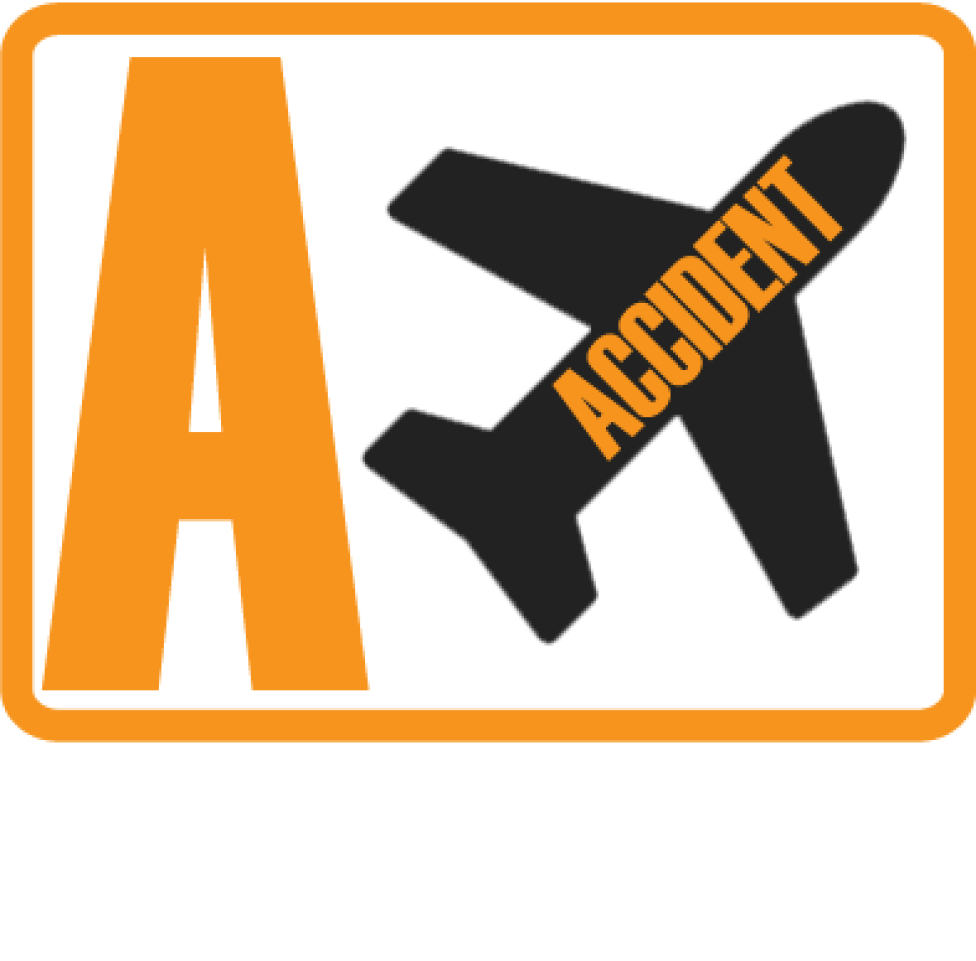

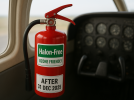
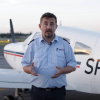
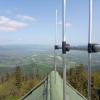


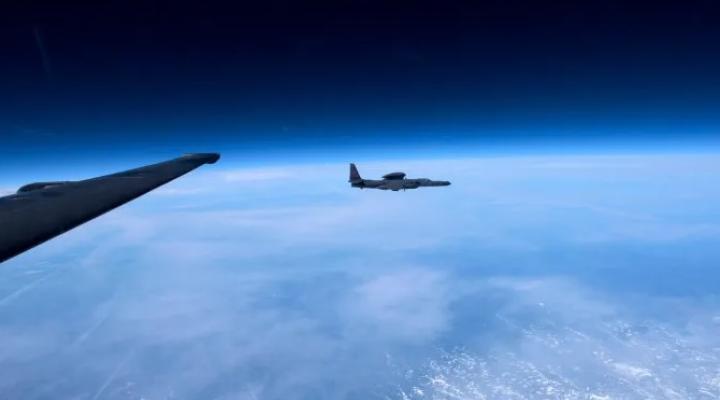
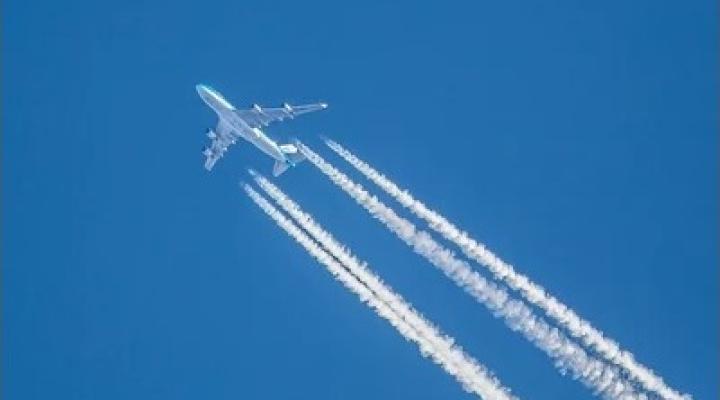






Komentarze